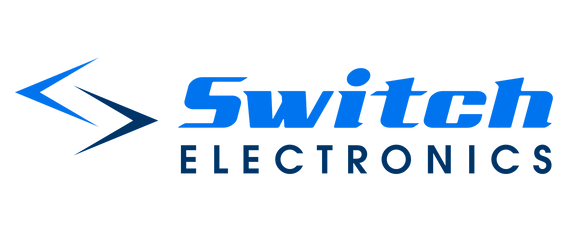
Complete Guide to Circular Connectors
What is a circular connector?
Circular connectors are multi-pole connectors used to transmit power, data and electrical signals between devices. They are rugged, durable and often IP rated suitable for use in harsh environments. They are used in a wide variety of applications due to their reliable and long-lasting properties.
Why use circular connectors?
Circular connectors are a cost-effective solution with a huge range of variations ensuring there is a suitable connector for most applications. They are commonly used due to their reliable and secure characteristics essential for many environments and industries. Some of the advantages include:
- IP rating for harsh environments
- Locking mechanism
- Wide range of sizes and pin configurations
- Easy assembly and wiring
- Shielding from radio frequency interference (RFI) and electromagnetic interference (EMI)
What are the different types?
Circular connectors come in a wide range of coupling types, these include threaded, bayonet, push-pull, screw-in and snap-on. They also come in various contacts, pin arrangements, electrical ratings and IP ratings.
They can also be distinguished by 2 housing materials: plastic or metal. Plastic housings are typically lower cost and lightweight compared to its counterpart. Whereas metal housings can be sturdier and provide effective shielding against electromagnetic and radio frequency interference.
What are the common applications?
Circular connectors are commonly used in industrial applications requiring a reliable and secure electrical connection. Uses range from signal transmission, data transfer, optically communication and providing power. The most common industries include automotive, transportation, aviation, military, industrial, networking, medical, and telecommunications.

What are the terminal options?
Circular connectors come in a variety of termination options including crimp, screw, solder and tail leads.
What are the different sizes?
Circular connectors are usually measured by the thread diameter used to mate with its counterpart. These can range from M5 all the way up to M58 for very specific applications. The 2 most common sizes are M8 and M12 which are suited for a wide range of applications and are often my readily available than some of the more obscure sizes.
M8 connectors are available from 3 to 8 pins. They feature a 8mm diameter thread and threaded locking mechanism making them suited for high vibration environments. They are often suited for use in harsh environments, making them an ideal choice for applications including robotics, sensor systems, automation and industrial.
M12 connectors are also available from 3 to 8 pins. The larger size often gives them a higher electrical rating making them suitable for wider range of applications providing the size can be accommodated. M12 connectors are often IP67 or IP68 approved making them suitable for use in harsh environments. Common applications include automotive, factory automation, sensor systems and industrial automation.
Circular Connector Coding
Circular connectors have a coding system to ensure cables are mounted to the correct connection and prevents in correct mating. The code is denoted by one of 7 letters, each designed for specific applications.
- A-coded for sensors, DC power and 1Gbit ethernet
- B-coded for Profibus and Fieldbus
- C-coded for AC power and features a dual keyway
- D-coded for 100Mbit ethernet
- X-coded for 10Gbit high speed Ethernet
- S-coded for AC power (being phased out and replaced by C-code)
- T-coded for DC power (being phased out and replaced by A-code)

Standards for Circular Connectors
Circular connectors are manufactured in compliance with various different standards. Here are some of the most common and recognised bodies involved with circular connectors.
- UL – Underwriter’s Laboratories standards (UL1977 & UL2238) covering safety issues and properties of materials used in manufacturing.
- IEC – International Electrotechnical Commission standards define and describe several types of circular connectors, including IEC 61076 that defines the requirements for M5, M8, M12, M23 and other connectors.
- MIL (MIL-SPEC) – Military specification defining the design and performance requirements for circular connectors used in aerospace and defence applications. The specification covers a wide range of shell sizes and contact arrangements for circular connectors.
- EN – EN3645 is a European standard which specifies the performance and testing requirements for circular connectors used in aerospace applications. It covers connector families like EN 3645-007, EN 3645-008, and EN 3645-009, which are widely used in the aerospace industry.
- DIN – German National Standards Organization which covers circular connectors specifically in DIN 41524 and 43650 used in automation equipment. It specifies dimensions, sealing methods, and electrical characteristics.
Click here for our full range of circular connectors.


Leave a comment